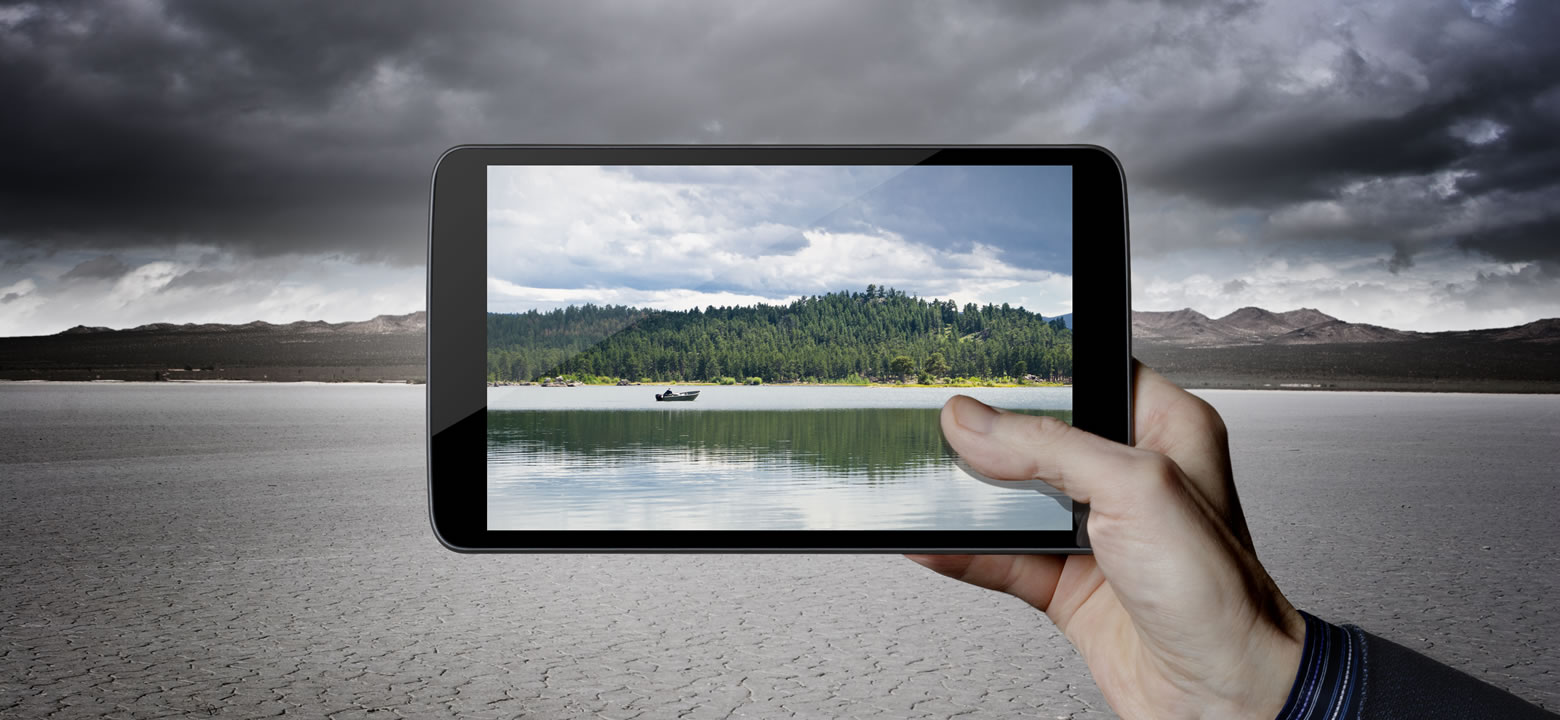
Climate change is a process that ramps up speed the further it progresses. As a result, the fact that July of 2018 was the third warmest month on record is some pretty serious news. Not only was July extremely hot, severe weather events saw an uptick, too. The warmer the earth gets, the more heat-buffering natural systems are impacted. Geoengineering is a scientific field that pertains to the large-scale manipulation of earth's natural systems, and some experts think it may be our best defense against a hot, potentially uninhabitable future. Others disagree.
While scientific evidence points to man-made emissions as one of, if not the, primary contributors to our earth's increasing temperature, some disagree and claim that warming is part of the earth's natural cycle. In either case, geoengineering has been floated as the best way for modern society to have its cake and eat it too—to maintain a livable temperature, and still be able to have the consumption-heavy modern lifestyles to which many of us have become accustomed. While it sounds like a nice idea, the reality is considerably more complicated.
The biggest issue facing geoengineering is that the earth's natural systems are incredibly complex. All of these systems interact in a delicate interplay that makes life on earth possible. Geoengineering may be of some benefit when it comes to combating rising temperatures, but it also carries considerable risk. While it is possible to attempt to simulate the effects of some geoengineering technologies, the only way to effectively test them is in the environment itself. Unfortunately, when it comes to strategies like solar radiation management, snow forest clearance, or ocean fertilization, experimentation could create its own, potentially irreversible, problems.
Snow forest clearance, for example, consists of removing large amounts of trees in high-latitude forests covered by snow for most of the year. The idea is that the flatter, smoother snow is more effective at reflecting solar radiation. Unfortunately, it relies on removing existing trees that are an established part of the ecosystem. While models involving replacing grassland with forest suggest that removing trees may lower the temperature, the impact of this removal on the water table, surface erosion, and habitats may ultimately cause more harm than good.
It's important to note that increasing temperatures touch every facet of life on earth, from the weather and ambient temperature, to the availability (or overabundance) of water and other natural resources. Some of the most promising geoengineering technologies involve capturing carbon via living organisms, from phytoplankton to trees, and using them to sequester it. Others involve burning carbon-containing biomass into charcoal, which can then be used as a soil additive to essentially bury carbon. While these sound tempting, they overlook the amount of resources (like energy, water, and arable land) required to pull them off. Some technologies may actually cause short-term increases in carbon dioxide emissions in their initial stages, which they may or may not be able to overcome.
Modern society needs to find a way to balance its lifestyle with the pressing need to reduce carbon emissions and adapt to a changing world. Gambling on risky geoengineering technologies diverts attention and resources from these goals, but not all geoengineering is high-risk. Some, like brightening marine clouds or planting high-albedo crop varieties in order to reflect more sunlight away from the earth, would be relatively low-risk. When combined with reduced emissions and the adoption of a more climate-friendly culture, these strategies could be an added help in mankind's battle against climate change.
It's tempting to theorize about all of the ways the earth could support a modern lifestyle and a stable climate at the same time, but it's likely a pipe dream. Reducing carbon emissions is the only proven way to protect the environment from the impact of climate change, and the best one currently available. While geoengineering has yielded several very promising theories, many of them are risky, untested, and unlikely to provide the “silver bullet” climate solution desired by the fossil fuel industry. There is likely only one way out of the path of a climate disaster—limiting our environmental impact by reducing overconsumption.